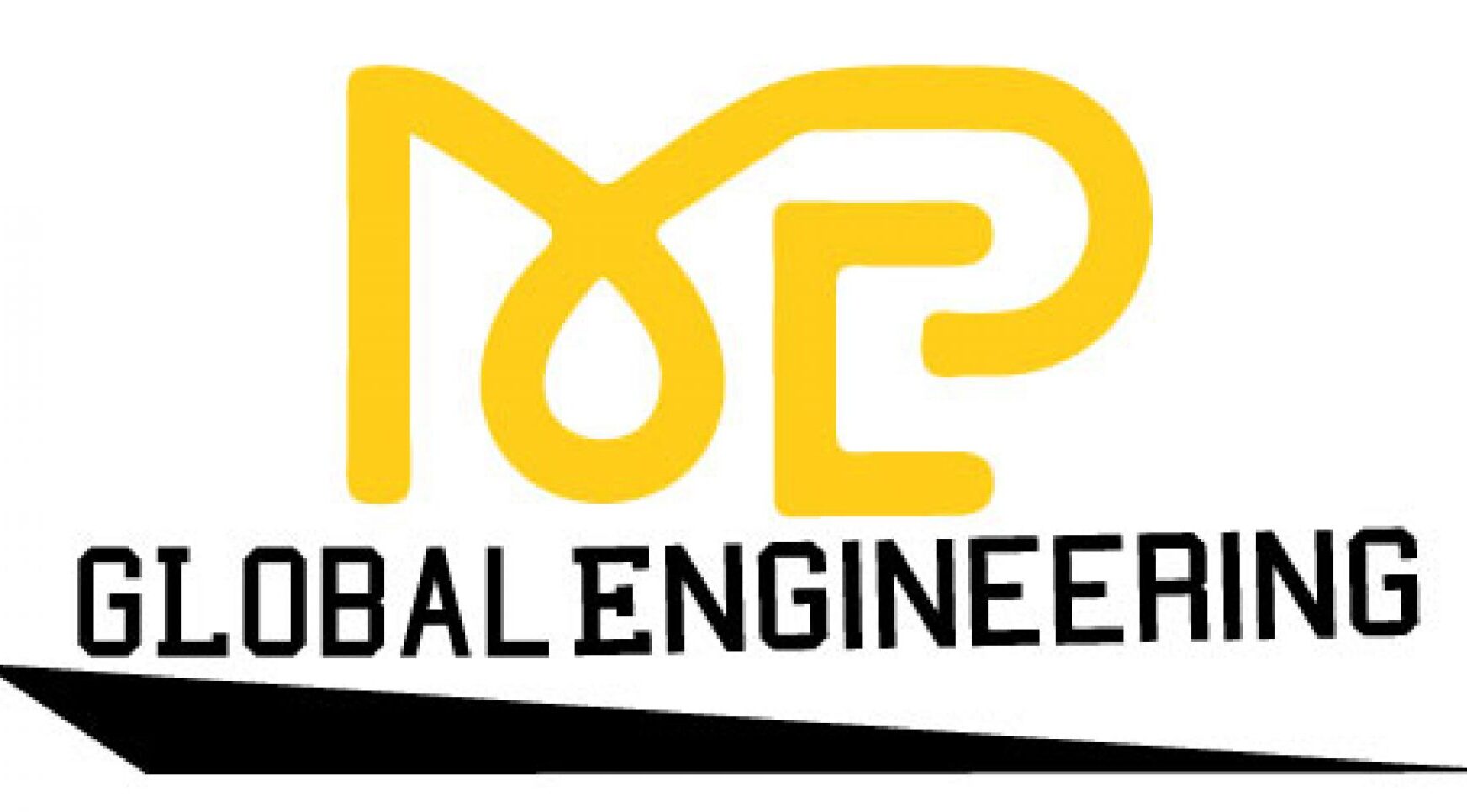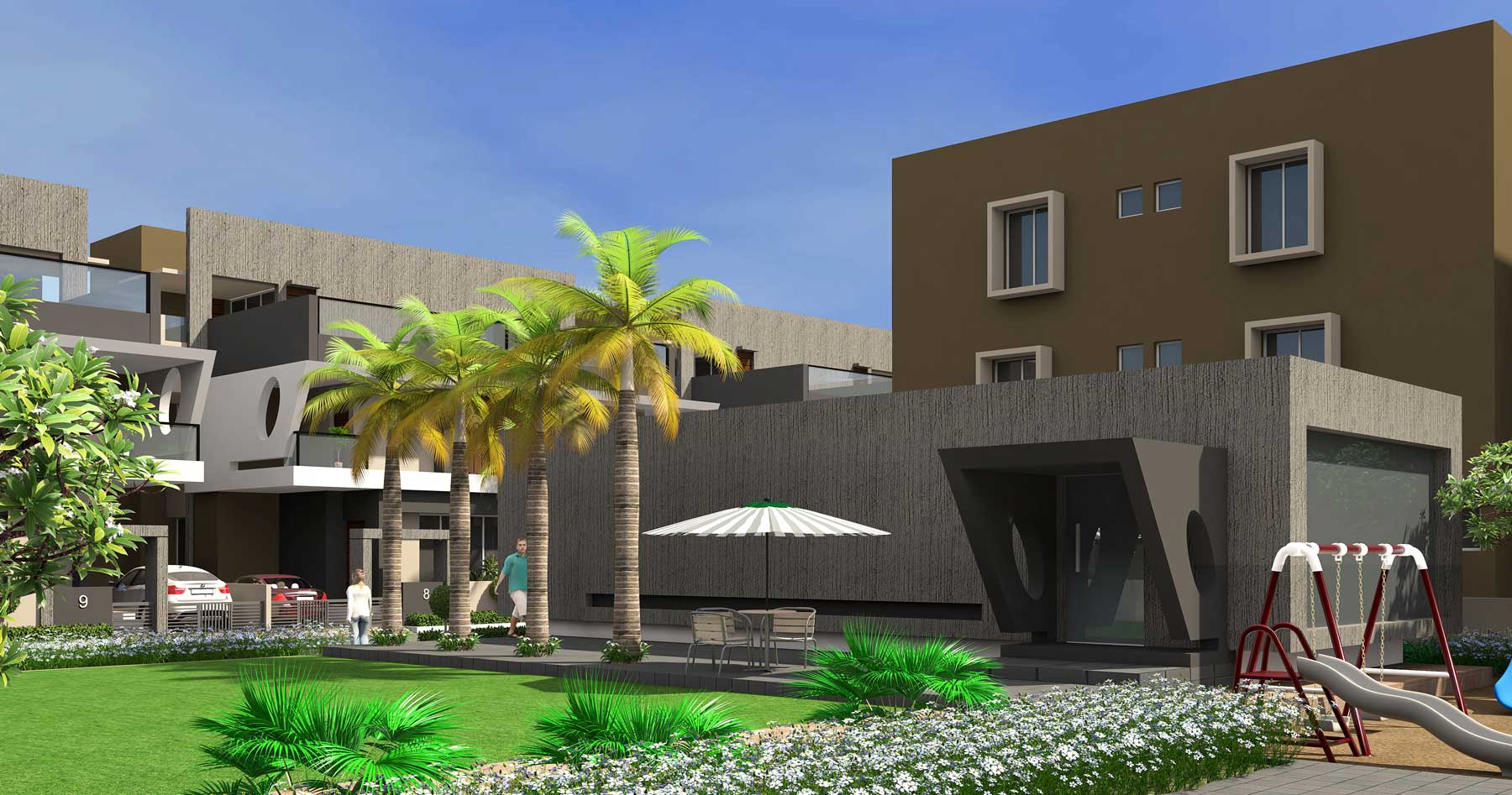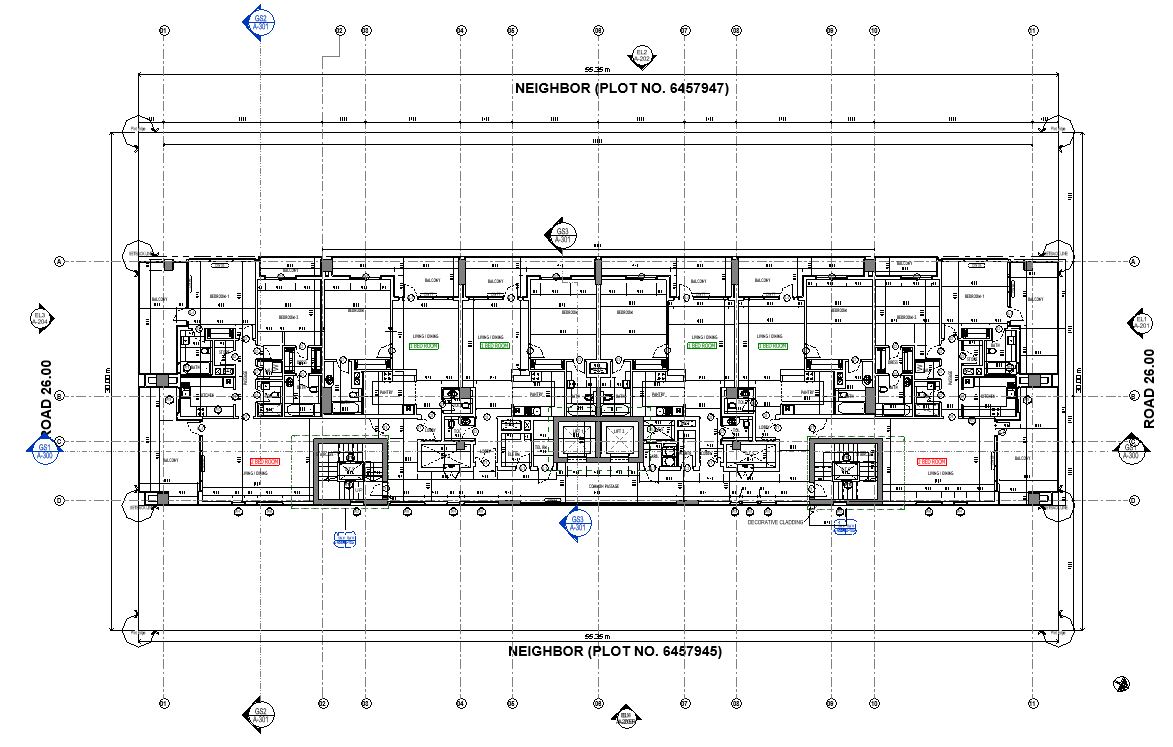
AECO Industry: The Role of BIM in Architecture, Engineering, Construction, and Operations
The Future of the AECO Industry: How BIM Continues to Drive Change and Efficiency
The AECO sector, an acronym for Architecture, Engineering, Construction, and Operations, represents the comprehensive lifecycle of a building from conception to demolition. This sector encompasses all the disciplines involved in the creation, maintenance, and management of built environments. The integration of Building Information Modeling (BIM) within this sector has brought about a transformative shift in how projects are approached and executed.
Let’s delve deeper into what AECO entails, the critical relationship between AECO and BIM, and the impact of BIM on the various aspects and stakeholders within this sector. AECO is not just about constructing buildings; it’s about creating sustainable, efficient, and innovative environments that meet the needs of the present without compromising future generations. At its core, AECO integrates diverse fields to ensure that every phase of a building’s lifecycle is streamlined and effective.
Building Information Modeling (BIM) has revolutionized AECO by enhancing collaboration among architects, engineers, constructors, and operators. BIM provides a digital representation of a building’s physical and functional characteristics, which serves as a shared knowledge resource for information about the facility. This integration allows stakeholders to visualize potential issues before they arise on-site, reducing errors and saving both time and money. Moreover, BIM supports decision-making processes by providing accurate data throughout the lifecycle of the project—from early design stages through construction to facility management.
For architects and engineers, this means more precise designs with fewer revisions; for contractors, it ensures smoother construction processes with improved scheduling; for operators, it offers better maintenance strategies based on comprehensive data analytics. The adoption of BIM within AECO also fosters sustainability by optimizing resource use and minimizing waste through detailed planning. It encourages innovation in design solutions that are environmentally friendly yet economically viable.
In conclusion, fully embracing BIM within the AECO sector leads to enhanced efficiencies across all disciplines involved in bringing a project from an idea to its final form—and beyond into long-term operation. By investing in this integrated approach now—through training programs or technology upgrades—stakeholders position themselves at the forefront of industry advancements while ensuring competitive advantage in an ever-evolving market landscape.
What is AECO?
AECO refers to the interrelated industries involved in the planning, design, construction, and management of buildings and infrastructure. It covers:
– Architecture: Designing building aesthetics and functionalities.
– Engineering: Providing structural, mechanical, electrical, and plumbing solutions.
– Construction: Actual building process where designs are turned into physical structures.
– Operations: Ongoing management and maintenance of built assets.
AECO and BIM Sectors
In the AECO sectors, BIM is not just a tool but a process that fosters collaboration among all stakeholders through the use of a unified information model. This model is used throughout the lifecycle of a project, from initial planning through to construction and operations. This collaborative process ensures that all parties involved in the project are working with the same updated information, leading to better decision-making and more efficient project execution.
“AE” of AECO: Architecture and Engineering
Within the realms of architecture and engineering, BIM provides a digital representation of the physical and functional characteristics of a place. It helps architects and engineers to:
– Visualize: Simulate and visualize building designs before the actual construction starts, allowing for refinements and optimizations.
– Analyze: Perform various analyses like structural, energy, lighting, and acoustic, which are crucial for sustainable and compliant design.
– Document: Automatically generate accurate and detailed drawings for construction, reducing errors and discrepancies between design and execution.
Implementation of BIM in the AECO Sector
The implementation of BIM in the AECO sector involves several key processes:
– Standardization: Developing BIM standards and protocols to ensure consistency and compatibility across all projects and stakeholders.
– Training: Equipping architects, engineers, constructors, and operators with the necessary BIM skills through training and certifications.
– Integration: Integrating BIM with other technologies such as GIS for site analysis, IoT for building operations, and virtual reality for immersive design reviews.
– Data Management: Managing the vast amount of data generated during the lifecycle of a building, ensuring it is accurate, accessible, and secure.
Impact on Managers and Task Development
For managers in the AECO sector, BIM facilitates:
– Improved Coordination: Enhances coordination among different teams, reducing clashes and rework.
– Better Resource Management: Optimizes the use of materials, machinery, and labor, reducing waste and increasing efficiency.
– Enhanced Communication: Provides a central platform for communication, where updates are instantly available to all, thus keeping everyone informed and aligned.
– Risk Mitigation: Identifies potential issues and design conflicts early in the process, reducing risks associated with cost overruns and delays.
Conclusion
BIM’s influence in the AECO sector represents a significant leap towards more integrated, transparent, and efficient building processes. It not only changes how projects are designed and managed but also promises enhanced sustainability and smarter use of resources. As the adoption of BIM continues to grow, its role in shaping the future of the AECO sector becomes increasingly fundamental, making expertise in BIM an invaluable asset in this industry.



